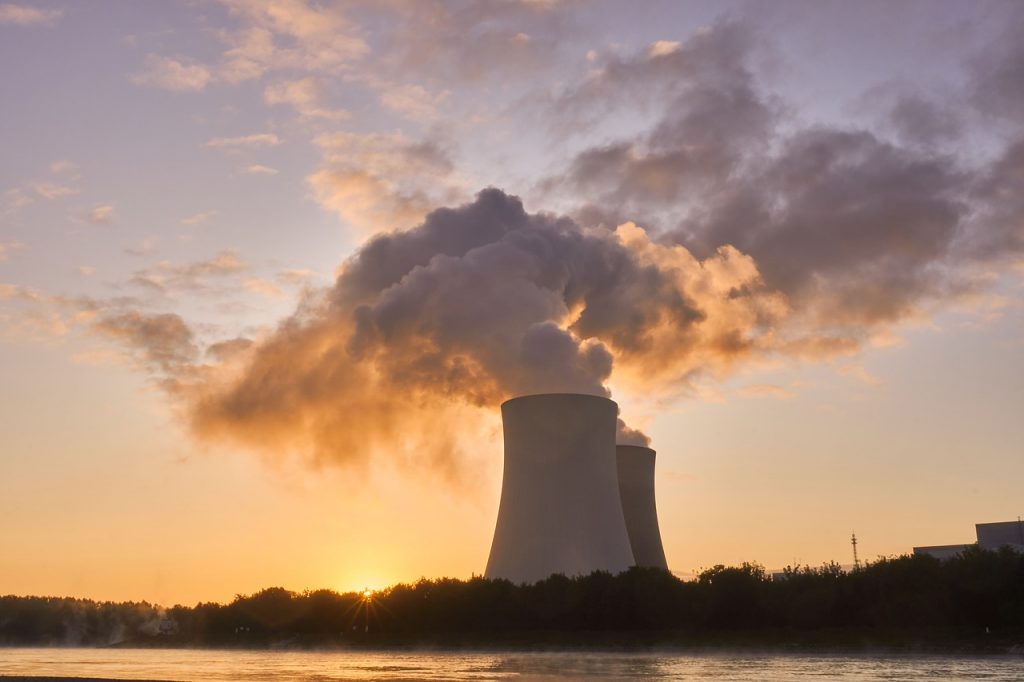A Radioactive Cylinder Has Gone Missing From A Major Power Plant
Thai officials are looking for a foot-long radioactive cylinder containing Caesium-137 that has gone missing from a power plant in the Prachinburi province, about 60 miles from Bangkok.

On March 15th, Thailand authorities expanded their search for a metal cylinder containing radioactive contents. The radioactive cylinder has gone missing from a power plant near Bangkok. Health officials warned the public to be careful considering the serious effects the radioactive content can have.
The metal cylinder, according to CTV News, is 30 centimeters long, containing the radioactive material Caesium-137. It was discovered missing last Friday from machinery equipment at a steam power plant in Prachinburi province, 100 kilometers, or 62 miles, east of Bangkok. Thongchai Keeratihuttayakorn, director-general of the Department of Medical Services, stated that Caesium-137 resembles salt and can disperse easily if its container is opened.
Cesium-137 is a radioactive isotope, or another form of an element, in this case, cesium. This isotope can be harmful to humans if exposed to it in large enough quantities. This is why the timely recovery and return of the lost radioactive cylinder is imperative to public health efforts.
Cesium-137 emits beta particles and gamma rays, which are high-energy invisible rays of radiation that can penetrate the body and damage cells, leading to radiation sickness or an increased risk of cancer. Exposure to Cesium-137 can occur through ingestion, inhalation, or direct contact with contaminated materials. It is important to note that the risk and severity of harm depend on the amount and duration of exposure.
CTV News says that health officials are warning the public about the seriousness considering how in severe cases, acute exposure can be fatal. According to the Centers of Disease Control, the radioactive cylinder could emit beta particles and gamma rays, which can potentially penetrate the body and damage cells, leading to radiation sickness or an increased risk of cancer. Chronic exposure to lower levels of Cesium-137 can further the risk of cancer, particularly of the thyroid, lung, and other organs, but the damage severity depends on the amount and duration of exposure.
Historically, Cesium-137 was released into the environment as a result of nuclear weapons testing and accidents such as the Chernobyl nuclear disaster in 1986. According to CNN, a similar incident to this one occurred just a few months prior, in January, when a radioactive cylinder fell off a transport vehicle in Australia. While it was difficult to retrieve the cylinder in the great Australian outback, it was found without incident – which we’re hoping is the plausible scenario for this lost radioactive cylinder in Thailand.
Given the potential health effects of Cesium-137, it is important to manage and minimize exposure to this radioactive isotope. Regulatory bodies across the globe, such as the CDC, have set forth guidelines and regulations for handling and disposing of radioactive materials. Furthermore, ThermoFischer Scientific has a full Material Safety Data Sheet for cesium that provides just about everything you may want to know about it.
While all this may sound unnerving, don’t fret! Just like any other chemical we may encounter in our day-to-day lives, the more information you know about it, the safer you’ll be. If you see any stray cylinders, don’t be alarmed, chances are it’s not the lost radioactive cylinder.











